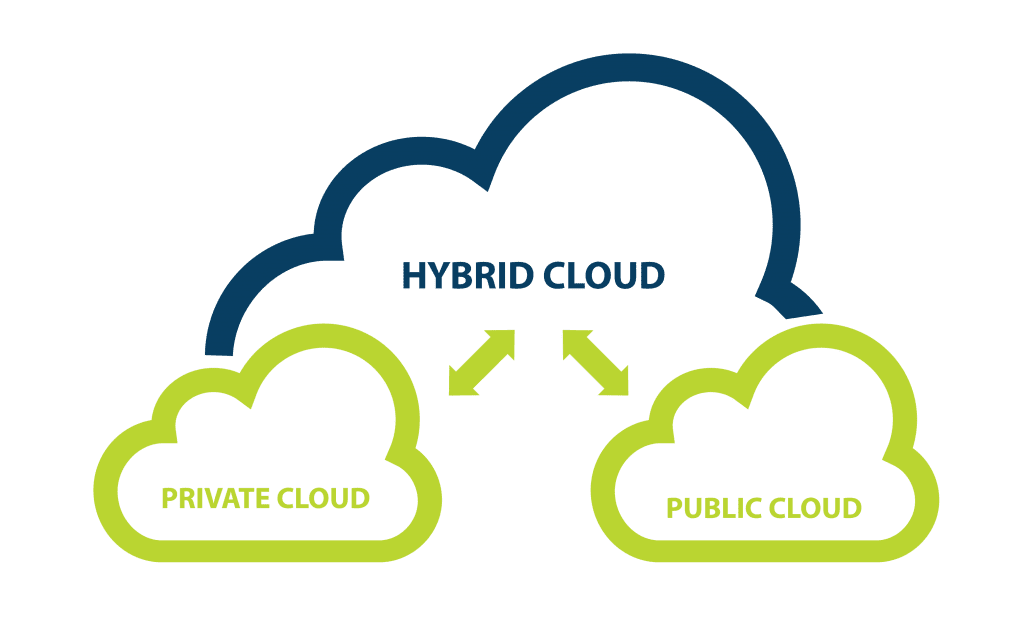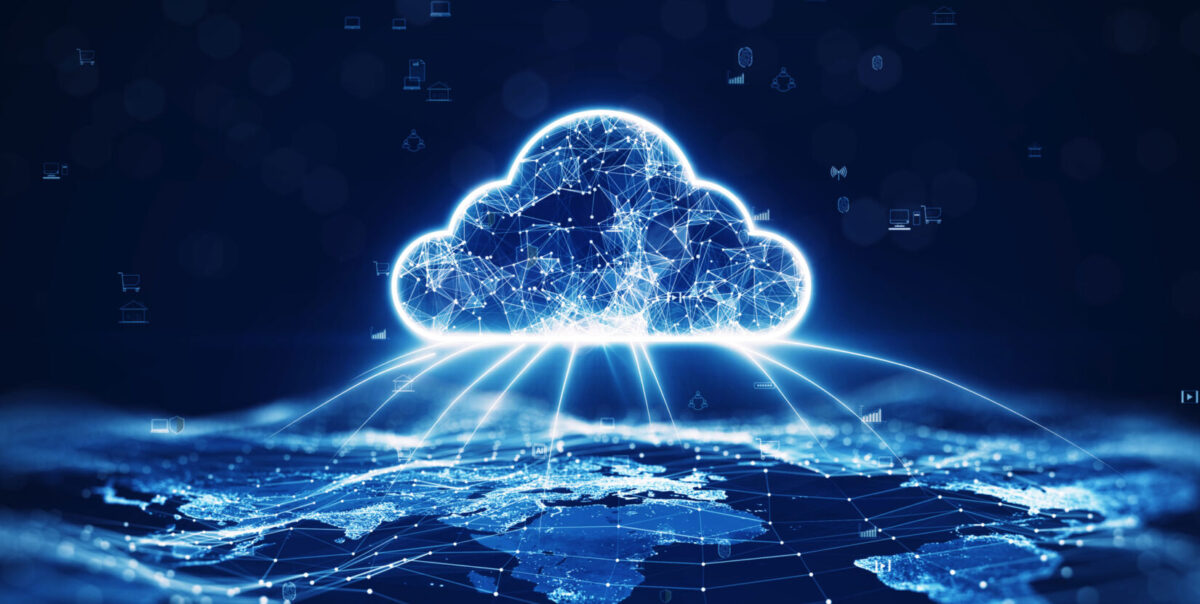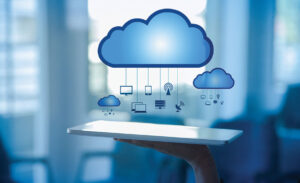In

the digital age, electrical gadgets have become an integral part of our daily lives. From smartphones to smart refrigerators, these devices have revolutionized the way we live and work. What has enabled this transformation? One of the key driving forces is cloud technology. In this article, we will explore the profound impact of cloud technology on electrical gadgets, discussing how it has reshaped the landscape of innovation, connectivity, and convenience.

I. The Cloud Technology Revolution

1.1 Understanding Cloud Technology
Before delving into the impact on electrical gadgets, it’s essential to comprehend what cloud technology is. At its core, cloud technology refers to the practice of using remote servers, typically hosted on the internet, to store, manage, and process data. This technology allows for scalable and flexible computing resources that can be accessed from anywhere with an internet connection.
1.2 Evolution of Cloud Technology
Cloud technology has come a long way since its inception. Initially, it was primarily used for data storage and backup. However, it has evolved into a powerful ecosystem that offers a wide range of services, including infrastructure as a service (IaaS), platform as a service (PaaS), and software as a service (SaaS). The cloud has become the foundation for numerous industries, including the world of electrical gadgets.
II. Enhancing Connectivity
2.1 IoT and Smart Devices
The Internet of Things (IoT) is a prime example of how cloud technology has enhanced connectivity in the realm of electrical gadgets. IoT devices, such as smart thermostats, wearable fitness trackers, and connected home security systems, rely on cloud services to collect and analyze data. This data is then used to provide users with valuable insights and control over their gadgets from anywhere.
2.2 Remote Access and Control
Cloud technology enables remote access and control of electrical gadgets. Imagine being able to adjust your home’s thermostat or check the contents of your refrigerator while you’re away. This level of control and connectivity has not only made our lives more convenient but has also paved the way for greater energy efficiency and sustainability.
III. Revolutionizing Data Storage and Backup
3.1 Data Security and Redundancy
Electrical gadgets generate vast amounts of data, and cloud technology offers a secure and redundant way to store this information. Whether it’s the photos on your smartphone or the configuration settings of your smart home devices, cloud storage ensures that your data is protected from loss or damage.
3.2 Scalability and Accessibility
Cloud-based data storage solutions also provide scalability and accessibility. As your data needs grow, you can easily expand your storage capacity without the need for physical upgrades. Additionally, cloud storage allows you to access your data from multiple devices, making it convenient for users to switch between gadgets seamlessly.
IV. Enabling Seamless Updates and Upgrades
4.1 Over-the-Air Updates
One of the challenges with traditional electrical gadgets was the need for manual updates and upgrades. Cloud technology has changed this paradigm by enabling over-the-air updates. Manufacturers can now push software updates and patches directly to devices, ensuring they stay up to date with the latest features and security enhancements.
4.2 Extending Device Lifespan
Cloud technology has also extended the lifespan of electrical gadgets. With regular updates and access to cloud-based services, gadgets can remain relevant and functional for longer periods. This not only benefits consumers by reducing the need for frequent replacements but also contributes to reducing electronic waste.
V. Harnessing the Power of Big Data and Analytics
5.1 Personalized Experiences
Cloud technology allows electrical gadgets to tap into the power of big data and analytics. By collecting and analyzing user data, gadgets can offer personalized experiences. For example, your smartphone can suggest apps based on your usage patterns, or your smart TV can recommend content tailored to your preferences.
5.2 Predictive Maintenance
In industrial and commercial settings, cloud-based analytics play a crucial role in predictive maintenance. Electrical gadgets and machinery can be monitored in real-time, and data analysis can predict when maintenance is needed. This proactive approach reduces downtime and maintenance costs.
VI. Challenges and Concerns
6.1 Privacy and Security
While cloud technology offers numerous benefits, it also raises concerns about privacy and security. Storing personal data and device information in the cloud means that it can potentially be accessed by unauthorized parties. Addressing these concerns requires robust security measures and user education.
6.2 Reliability and Downtime
Cloud services are not immune to outages and downtime. When cloud services go offline, it can disrupt the functionality of electrical gadgets that rely on them. To mitigate this risk, redundancy and backup solutions are essential.
VII. The Future of Electrical Gadgets in the Cloud
7.1 Edge Computing
The future of electrical gadgets in the cloud may involve edge computing. Edge computing brings computing resources closer to the devices themselves, reducing latency and increasing real-time processing capabilities. This approach can further enhance the performance and responsiveness of gadgets.
7.2 Integration and Interoperability
As the number of connected gadgets continues to grow, there is a growing need for greater integration and interoperability. Cloud technology will play a crucial role in creating ecosystems where gadgets from different manufacturers can seamlessly communicate and work together.
So
Cloud technology has ushered in a new era of electrical gadgets, transforming them into smarter, more connected, and more capable devices. From enhancing connectivity and enabling remote access to revolutionizing data storage and enabling seamless updates, the impact of cloud technology on electrical gadgets is profound. As we move into the future, the synergy between cloud technology and electrical gadgets will continue to drive innovation and improve our daily lives. However, it is essential to address the challenges and concerns surrounding privacy, security, and reliability to ensure that this technological revolution benefits us all.


















































































































































































